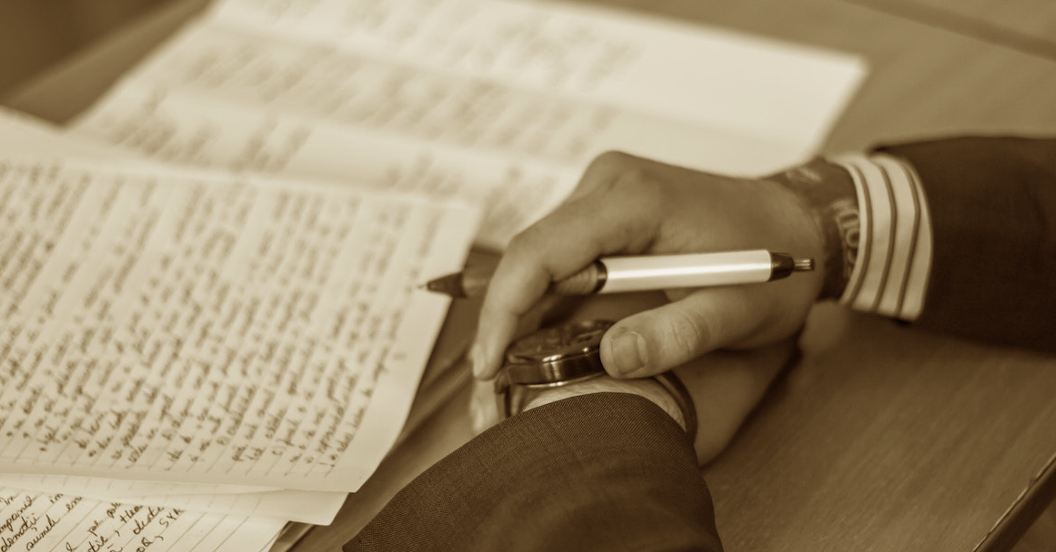Paraphrasing is putting an author’s ideas into your own words. You force yourself to consider the original context and material by rephrasing a work. This can lead to a greater understanding of the material how write my essay for me. For example, you might want to paraphrase Shakespeare’s plays to understand his impact on modern literature.
Summarizing
Summarizing and paraphrasing are two ways of conveying information, with the former being used to provide a quick overview of a passage’s main ideas and concepts. As the names suggest, a summary uses a shorter form of the original text. In contrast, a paraphrase refers to a more extended version of the same material, relying on the main point or idea of the source text. When paraphrasing, the writer aims to make the content of the source text sound more original and concise than the original author’s actual words.
To make the most effective use of paraphrasing, you must read the text carefully and recreate the ideas and information in your own words. The paraphrased text should be free from plagiarism, but it must be able to convey the essence of the original passage.
Restating
Paraphrasing is a skill that allows you to transform a source of information into a new one. The word ‘paraphrasing’ carries a wide variety of meanings. However, there are some critical rules for paraphrasing. First, you must ensure that the paraphrase contains all the essential ideas in the original text of essay writing service. If you omit one of these elements, your rendition may sound awkward and inappropriate. Also, it should remain faithful to the original idea without adding personal thoughts.
When paraphrasing, the intention is to clarify or amplify the meaning of a phrase or a sentence. It can also serve as a teaching or studying tool. In both instances, it can help clarify the original purpose and adapt a text or quotation to better fit the audience.
Putting into your own words
Paraphrasing is rewriting a passage in your own words by incorporating key ideas and phrases from the original text. A paraphrase must attribute the original author, use a different in-text citation, and be similar in length to the original. In addition to this, the paraphrase should understandably convey the essential information.
Paraphrasing can be done in many different ways. It is essential to avoid plagiarism, as a direct quotation of an original work without citing the original work is considered a serious infraction. The process of paraphrasing is an effective way to avoid plagiarism.
The process of paraphrasing can be tricky. It’s essential to give proper credit to the original author while avoiding plagiarism. It is illegal to quote directly from actual work without using quotation marks or proper citations. Even pulling out a few phrases from the original is plagiarism, so be sure to give appropriate credit to the original author.
While paraphrasing definitions requires careful research and attribution, it can be a great way to preserve the meaning of the original. It also gives the original author’s name credit, which is essential for academic honesty. For example, a paraphrased definition containing folklore can be credited to the work’s author if it includes industry-specific information essay writer.
Protecting yourself from plagiarism
There are several steps you can take to protect yourself from plagiarism. The first is to avoid copying or paraphrasing someone else’s ideas or work. Even though plagiarism can be unintentional, it is still plagiarism and should be avoided. When in doubt, try to cite the source or most representative source of the work.
First, you must understand what plagiarism is. In academic settings, plagiarism involves copying someone else’s words or ideas without proper citation. This goes against ethics and is against the spirit of higher education. For this reason, it is illegal to steal someone’s work.



